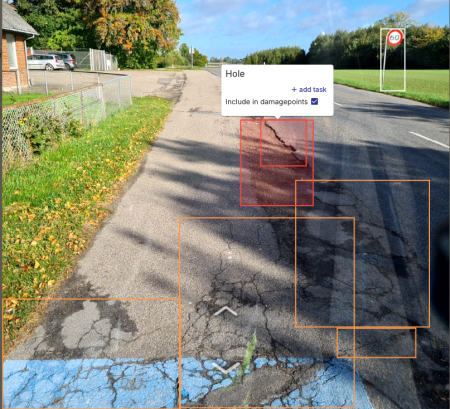5th National Day of Road Safety
On October 21, 2024, Croatia celebrated the 5th National Day of Road Safety at Ban Josip Jelačić Square in Zagreb. The event, organized by the Ministry of the Interior, aimed to educate the public on road safety and especially motorcycle safety amid rising accident rates. Key participants included Deputy Prime Minister Davor Božinović, police chief Nikola Milina, the Croatian Automobile Club and various institutions involved in the National Road Safety Plan.


